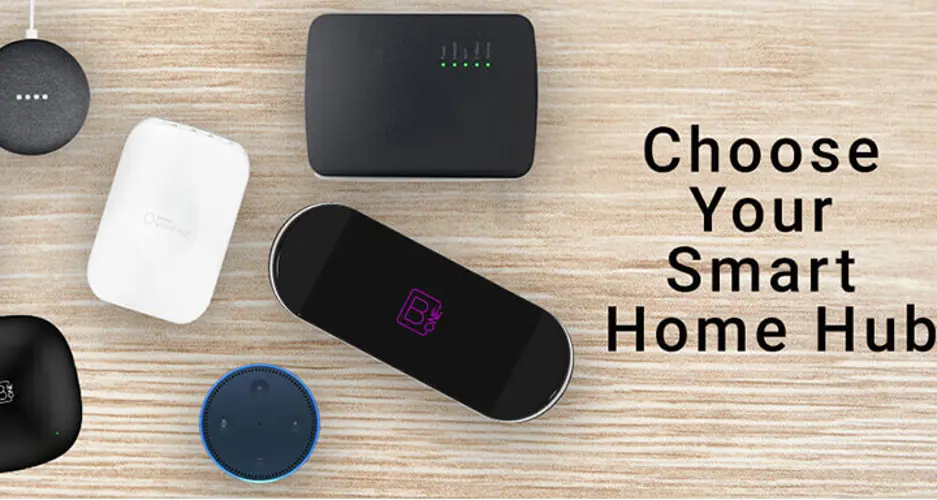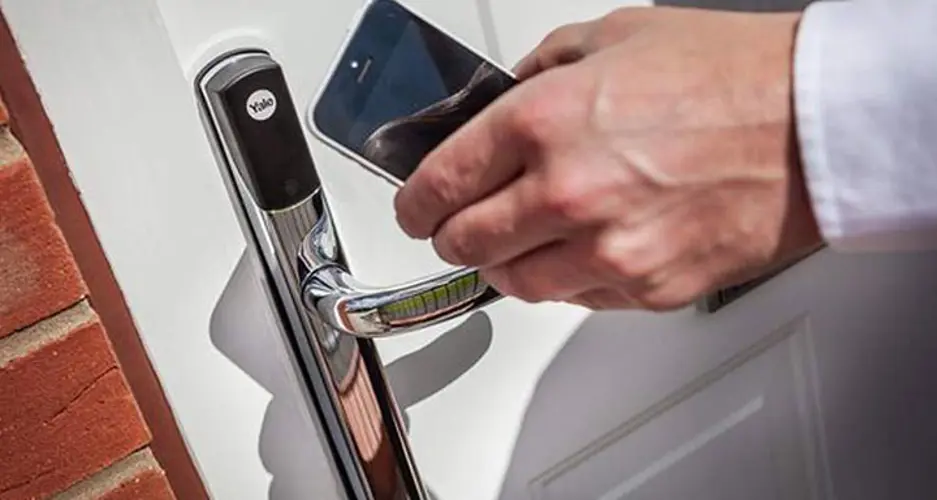How To Choose A Home Automation System?

If you are currently deciding whether you should transform your home into a smart home or not, it’s important to find out if it’s worthy to make such an investment. You need the confidence that your money is well spent on this technology. Learn about the aspects that are vital when making this important decision.

Do I Really Need To Have A Smart Home?
Before making plans and budgets, it’s very important that you have a clear understanding of this technology and what it entails. You need to ask yourself what would you and your loved ones require from a smart home.
As you know, Home Automation technology is there to help with multiple aspects of a house. Naturally, the first step is to find out the added value of this project and how it will address your requirements. You may want to automate your home due to one of the following reasons:
- To help you with daily tasks that are often time-consuming.
- To keep an eye on children and pets
- To reduce the risks of living with a senior citizen
- You may want to increase security indoors and outdoors to prevent burglar attacks.
- To reduce costs on energy and other utilities
- To make a fully automated entertainment room with smart flatscreens and smart audio.
Once you know the reason that is making you consider smart home technology as a solution, then you can move on with planning. Finding what you really want to do with your house can take a while, if this is your case, then you may want to consider some extra guidance.
It makes total sense since is your money being spent, so you want to make sure it goes to the right place. Our specialist will guide you through the home automation universe so you know all about it.
What Is The Home Automation Market Offering?
The surge of Home Automation technology during the last five years makes this process more affordable than what it was in the past. This means that you’ll have more options available to choose from. It’s important to make a clear distinction between home automation systems and devices.
In the past, having a Home Automation system meant that you had a home cinema where you were able to handle lighting, audio and video just by using a remote or your mobile device. Right now, in addition to it, there are also smart home products, which are usually stand-alone items. As mentioned before the market is very competitive and manufactures of all sizes that can fit any type of budget.
At this point, you should already know the extent of your budget, use this to find out what can you get within your means. For instance, if you only need a thermostat that doesn’t use too much power and knows your routines so it keeps the house warm the way you want, then you’ll have an easier time shopping than a person who is looking at the full smart home package.
Remember that the cheapest option is hardly the best one, so keep that in mind before you opt for the first option you find.

Make Sure You Future-proof The Project
Think about the long run if you’re planning on spending money transforming your house into a smart one. Think about the value your house will get over the years after the improvements you make.
Now it’s important to know that one of the most characteristic aspects of Home Automation devices is that they’re highly likely to be replaced with newer models at least every two or three years after they’re released. Sometimes even less. In order to avoid future frustration, it’s important that you ask yourself some questions here too.
- Is this manufacturer reliable to stay in business? Don’t forget that there have been cases of companies that go out of business and all of their devices go obsolete shortly after.
- Is this solution guaranteed to remain functional after a five year period? Make sure that you’re not investing in something that will be surpassed by newer technology after a while. You don’t want to install a system in your house that you’ll have to change altogether after a few years because there’s nothing compatible with it. Users need to be smart about the use they give to their money.
- Is this system open for integration with other manufacturers and devices? One of the greatest features of home automation is the possibility of integration among devices. It means that if you have your smart thermostat from a certain manufacturer and if your lighting was acquired from another manufacturer you can make both systems work together, using the same network despite having different manufacturers.
Don’t forget that you can also request proper guidance to avoid making any costly mistakes. If you wish to speak with one of our specialists, click here, we’re delighted to help you.
Look Carefully Before Choosing The Cheapest Options
Some cheap options may appear available once you start shopping for smart home products. Some of them may work and some other will be just money down the drain. For instance, a cheap manufacturer may offer smart motion sensors at a considerably reduced price when compared to motion sensors from an actual manufacturer and it may seem like a good idea to get them, right?
What are you going to do when you find that there are products from manufacturers that not only are motion sensors suited for lighting but that they will also work for security, entertainment, lighting and even heating, all in one. Yes, you bought three motion sensors for lighting at Amazon, but the other manufacturer was offering a multipurpose motion sensor. That’s not money well spent.
If after reading this blog you feel that more questions are surfacing, it’s a good idea to talk to an specialist who can clear all doubts and help you make the best investment choice. Let us explain to you all the intricacies and multiple levels of the Home Automation world, so you know what is going to be your next move, a smart move.